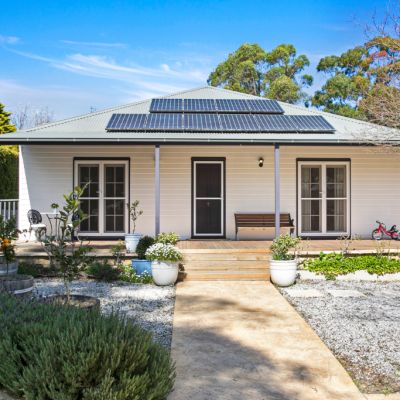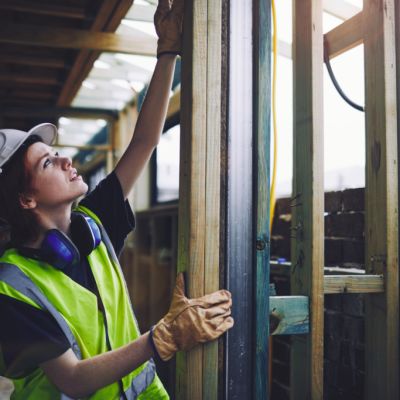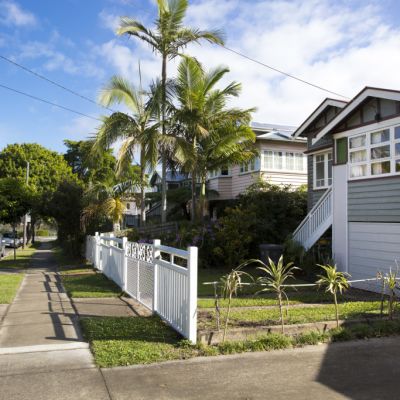Smart homes powered by movement will be the way of the future in sustainable, affordable housing

A game-changing way of building homes is being invented that will cut construction and energy costs and is touted as a way of helping Australia reach its net zero target by 2050 while delivering more affordable housing.
The revolutionary construction technology will see prefabricated modular “smart homes” built with cutting-edge materials like titanium composites and carbon nanotubes embedded in the joints.
These joints will then be able to capture movement-generated energy, whether it’s from the environment – such as wind and temperature – or the occupants walking around the home, becoming a source of energy that powers the building.
Most Australian homes are currently individually designed and constructed, and built on site. However, this world-leading research project undertaken by Infratech Industries and the Centre for Infrastructure Engineering at Western Sydney University would see the smart homes built off-site at a large scale with the innovative joint technology, replacing the need for the labour- and material-intensive structural core used in traditional housing construction.
The financial and environmental implications are huge, according to the researchers.
It would speed up construction as the majority of the home would be made in a factory, increasing the efficiency, speed and quality of the build – all factors in lowering the cost of delivering housing. But every joint in the home goes on to power it, reducing operating costs for the residents.
Infratech Industries director Felicia Whiting said this was the future of housing construction.
“It would solve a lot of climate issues, it would solve a lot of waste problems and save energy use in the end,” Ms Whiting said. “We’d like to call it a sustainable solution to building and housing and it uses new materials in ways that can enhance people’s lives in a real way.
“The sky’s the limit. It’s about the planet. It’s about doing everything to be at net zero. You need minimal labour on-site to install and we envisage in the future that it will be installed by robotics.”
The joint research project is scheduled for completion in late 2023 and will become the world’s first self-powered modular building system without a need for a structural core.
“Just moving or walking around a modular home can cause minute movements that can create an opportunity for energy to be harvested,” Ms Whiting said.
“Environmental factors like strong winds that cause vibration or differentials in temperature on the skin of a building can also be converted into electrical energy, provided you have advanced energy-absorbing materials and smart building structures in place.
“If we can demonstrate these systems work and the technology can be successfully used in new buildings, it will lessen the load on our power grids and the need for centralised power generation plants. We could build sustainable pop-up communities almost anywhere.”
The head of Western Sydney University’s Modular Prefab Design Laboratory, Pejman Sharafi, said it would revolutionise Australian housing construction in the next decade.
“The industry is moving towards manufacturing. We’re moving from project-based to product-based. They’re moving to become like products like cars,” Dr Sharafi said.
“If you want to build a Toyota every time for every person it will cost you a million dollars. With economies of scale when you design once and produce thousands of them it will affect the costs, the efficiencies.”
He said while the application of the joint technology to produce energy was new, combining it with manufacturing the home off-site was game-changing.
“Instead of working on-site, 90 per cent of the construction is manufactured outside. The only thing we need to do on-site is Lego-type stuff.”
States
Capital Cities
Capital Cities - Rentals
Popular Areas
Allhomes
More










